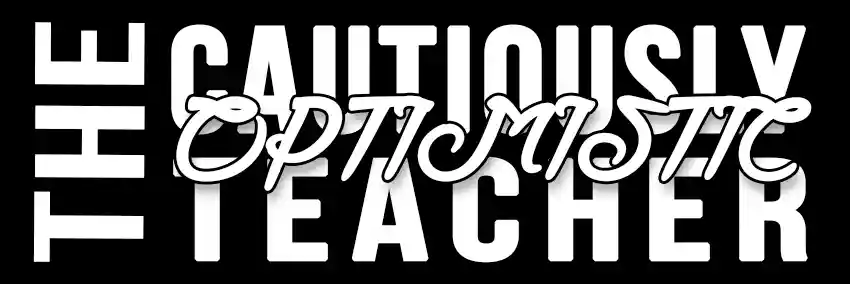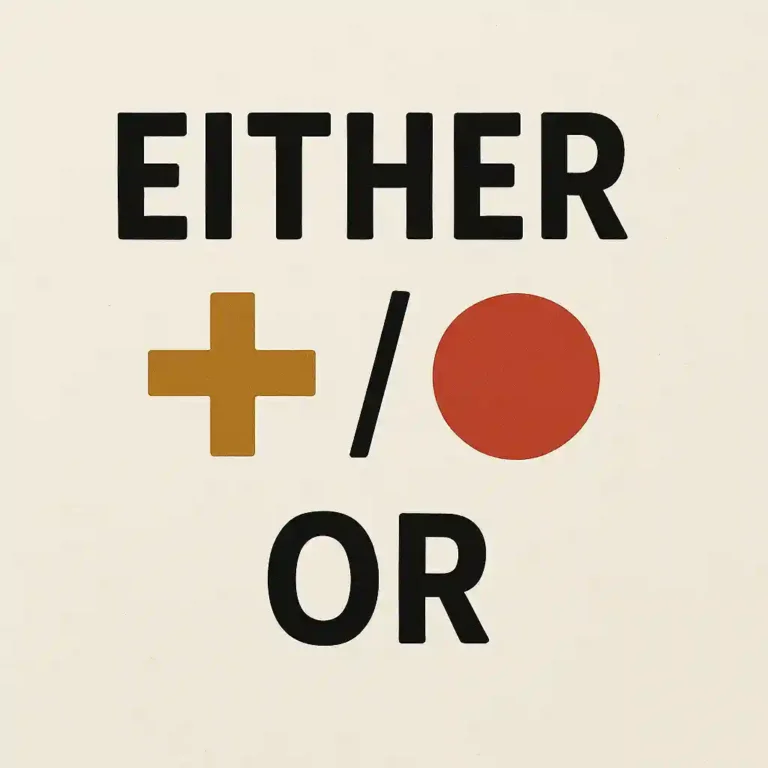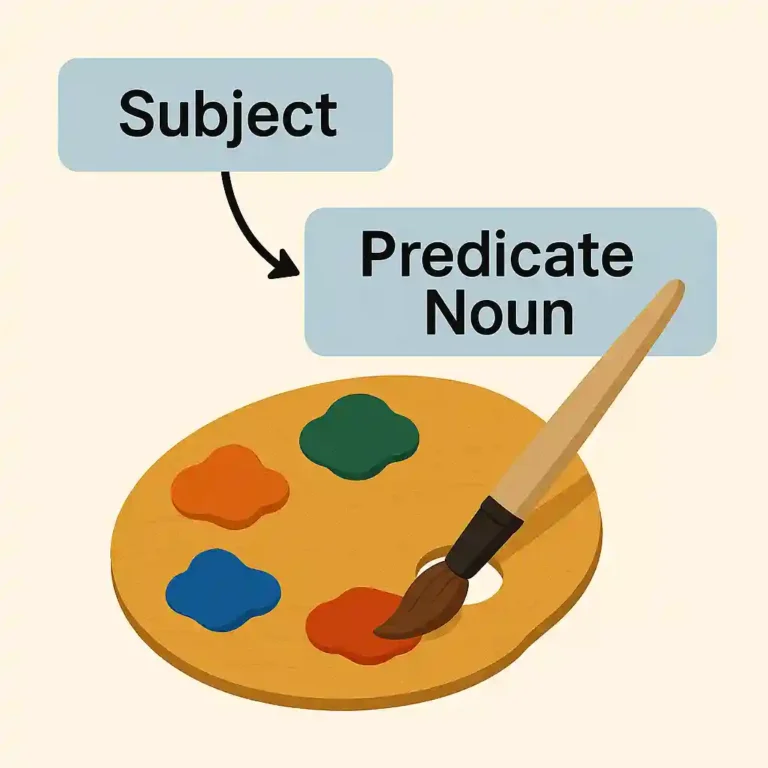Understanding Direct and Indirect Objects
Direct and Indirect Objects
What is a Direct Object?
A direct object is the noun or pronoun that receives the action of a verb. It answers the question “what?” or “whom?” after the verb.
Example: She kicked the ball.
→ “The ball” is the direct object (it receives the action “kicked”).
What is an Indirect Object?
An indirect object tells to whom, for whom, to what, or for what the action is done. It usually comes before the direct object.
Example: She gave him the ball.
→ “Him” is the indirect object (the person receiving the ball).
→ “Ball” is the direct object (the thing being given).
Tips for Identifying Objects:
Look for the action verb first.
Ask “what?” or “whom?” to find the direct object.
Ask “to whom/for whom?” or “to what/for what?” to find the indirect object.
Remember: not every sentence has both!
Practice Together
Identify the direct and indirect objects in each sentence below.
Write “D.O.” under the direct object and “I.O.” under the indirect object.
I baked my friend a cake.
The teacher gave the students homework.
She sent her cousin a postcard.
He told us the truth.
They offered the guests some tea.
Answer Key
D.O. = a cake, I.O. = my friend
D.O. = homework, I.O. = the students
D.O. = a postcard, I.O. = her cousin
D.O. = the truth, I.O. = us
D.O. = some tea, I.O. = the guests







